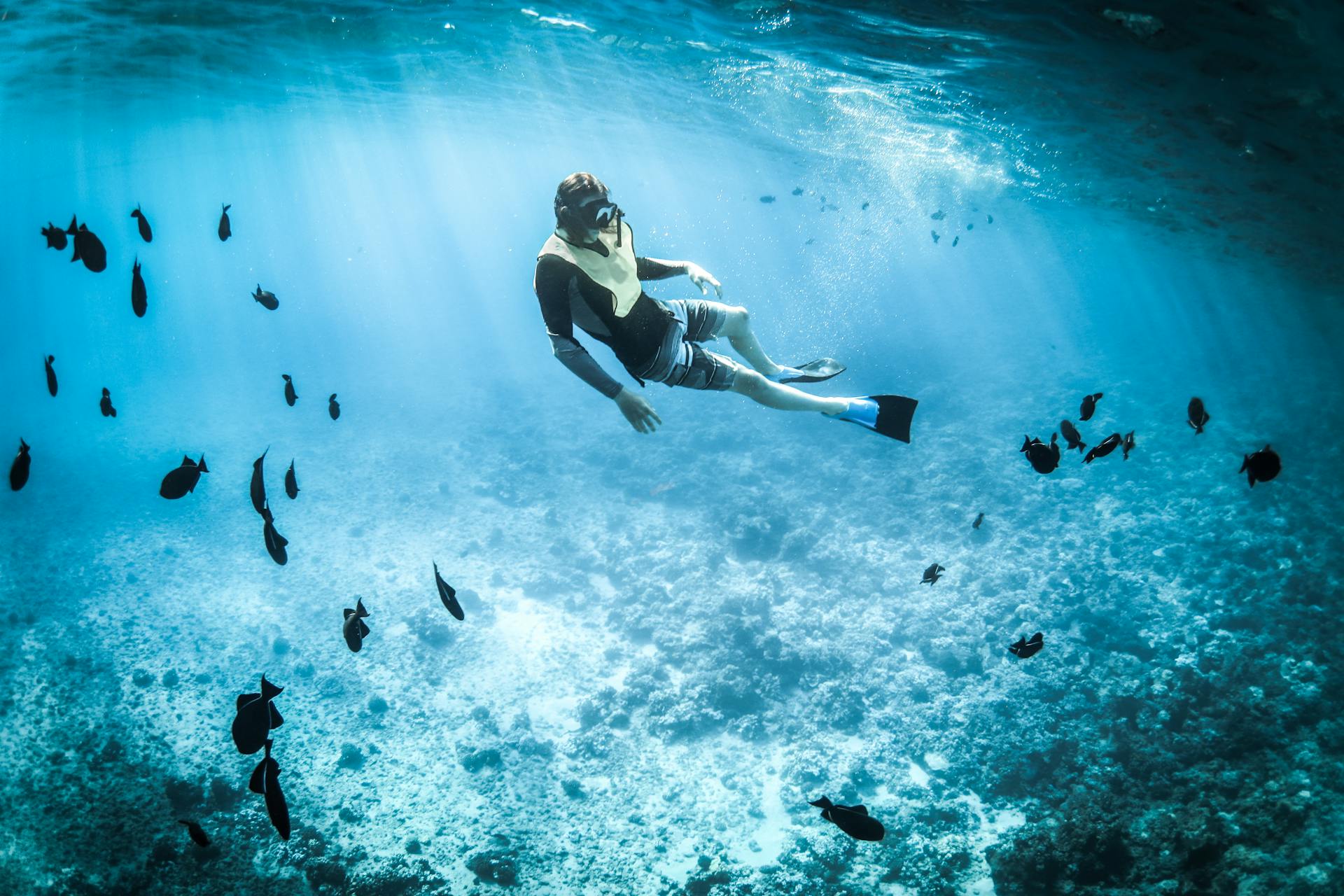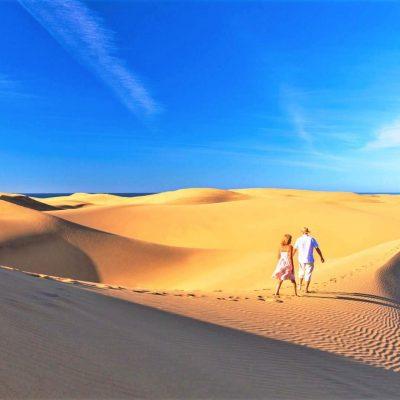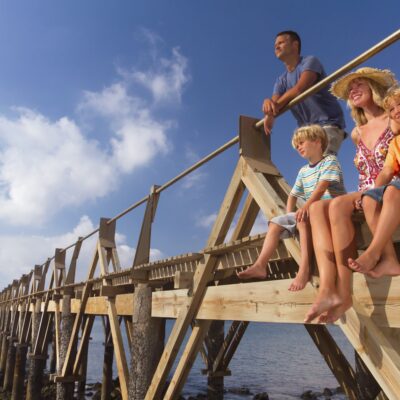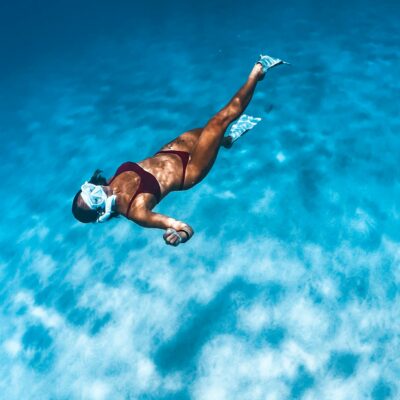Lanzarote is one of Europe’s top destinations for snorkelling—warm water, high visibility, rich marine life and a volcanic coastline filled with natural reefs. Whether you are a complete beginner or an advanced snorkeller, the island offers calm bays, dramatic lava formations, colourful fish species and quiet coves ideal for exploring. In this guide, you’ll learn where to snorkel in Lanzarote, which species you may encounter, what equipment you need, and how to stay safe while enjoying the island’s underwater world.
Disclaimer: This article is for general guidance only. Conditions at sea can change quickly. Always follow local safety advice and use your own judgment. We do not take responsibility for decisions made based on this information.
Why Snorkelling in Lanzarote Is Exceptional
Lanzarote’s unique volcanic origin has created some of the most interesting underwater landscapes in the Canary Islands. The lava reefs, shallow shelves and natural rock formations create the perfect habitat for hundreds of marine species. The water temperature typically stays between 18–24°C, making snorkelling comfortable year-round. Visibility often exceeds 20 metres, especially on calm mornings.
Another advantage is safety: Lanzarote has very few dangerous species. Angel sharks are harmless and shy, jellyfish are uncommon, and strong currents exist only in specific areas that you can easily avoid by following standard safety practices.
Best Snorkelling Spots in Lanzarote
The following beaches consistently rank as the top snorkelling areas on the island. Each spot offers different marine species, depth options and sea conditions, so you can match the location to your level and preferences.
1. Playa Chica (Puerto del Carmen)
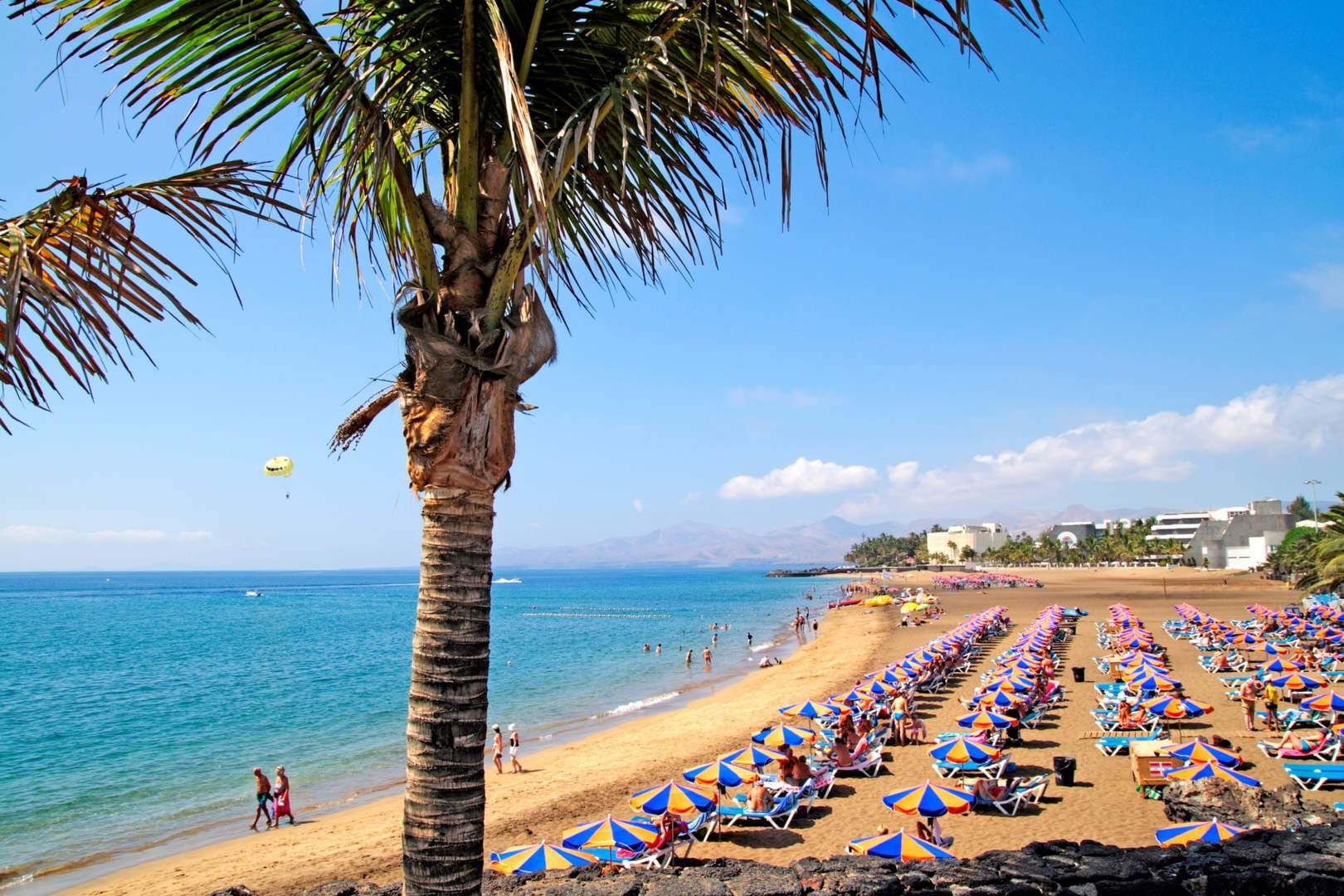
Often considered the best snorkelling spot in Lanzarote, Playa Chica offers calm, sheltered waters suitable for every skill level. The bay is protected from waves, making it ideal for beginners and families. Underwater, you’ll find volcanic rock formations, small caves and an impressive variety of fish.
What you can see:
- Parrotfish
- Bream, zebra fish and damselfish
- Barracuda
- Cuttlefish and octopus
- Starfish and arrow crabs
- Occasional angel sharks resting on the sandy bottom
Why it’s great: High visibility, gentle entry, and a rich marine ecosystem. It’s also frequently used by scuba divers—but remain aware of their presence and maintain distance.
2. Puerto del Carmen (Pier & Surrounding Area)
The coastline around Puerto del Carmen is a hotspot for snorkellers. The pier and adjacent rocky areas attract schools of fish searching for shelter and food. The underwater topography includes sloping reefs and sandy patches teeming with life.
Highlights:
- Excellent for underwater photography
- Great for spotting cuttlefish, trumpetfish and sardines
- Calm conditions on most days
This area is ideal for snorkellers who want a larger habitat to explore while staying close to popular tourist infrastructure.
3. Las Cucharas Beach (Costa Teguise)
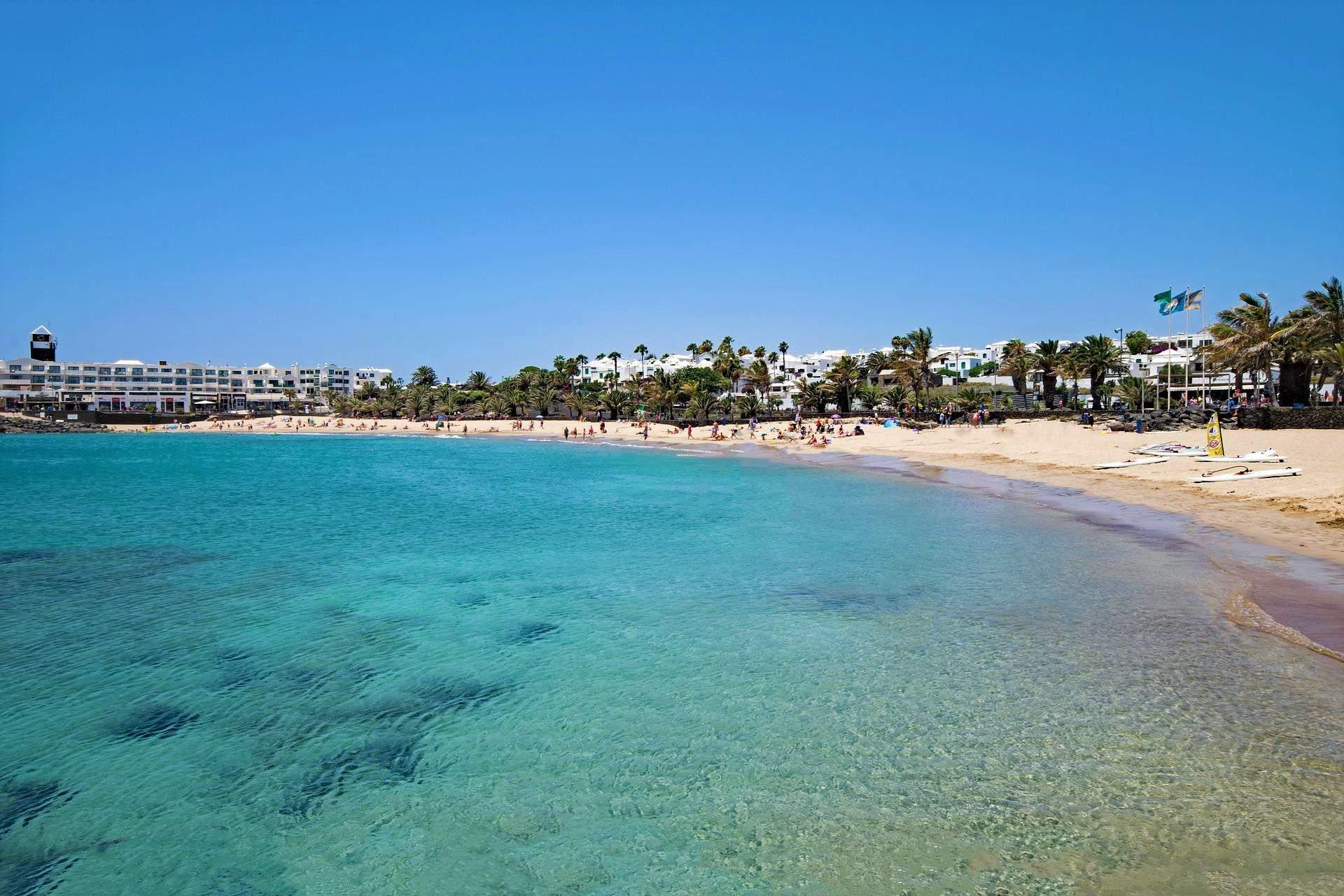
Las Cucharas in Costa Teguise is one of the easiest entry points for snorkelling on the island. Long sands, shallow shelves and good visibility make it suitable for beginners. The beach is also home to various fish species that thrive around the natural lava rocks.
Marine life here includes:
- Rays resting on sandy bottoms
- Loggerhead turtles (occasional)
- Wrasses, parrotfish and damselfish
- Octopus hidden near rocks
Early mornings are best, as winds can pick up by afternoon.
4. Playa Flamingo (Playa Blanca)

Playa Flamingo is a calm bay protected by breakwaters, making it ideal for families and first-time snorkellers. The water is shallow, warm and extremely clear. Schools of sardines often gather here, creating stunning underwater scenes as they move in synchronized patterns.
Look for:
- Sea cucumbers and small lobsters
- Grey mullet
- Colourful juvenile fish around the rocks
Stay inside the bay unless you are experienced, as currents can be stronger outside the breakwaters.
5. Playa Mujeres (Papagayo Area)
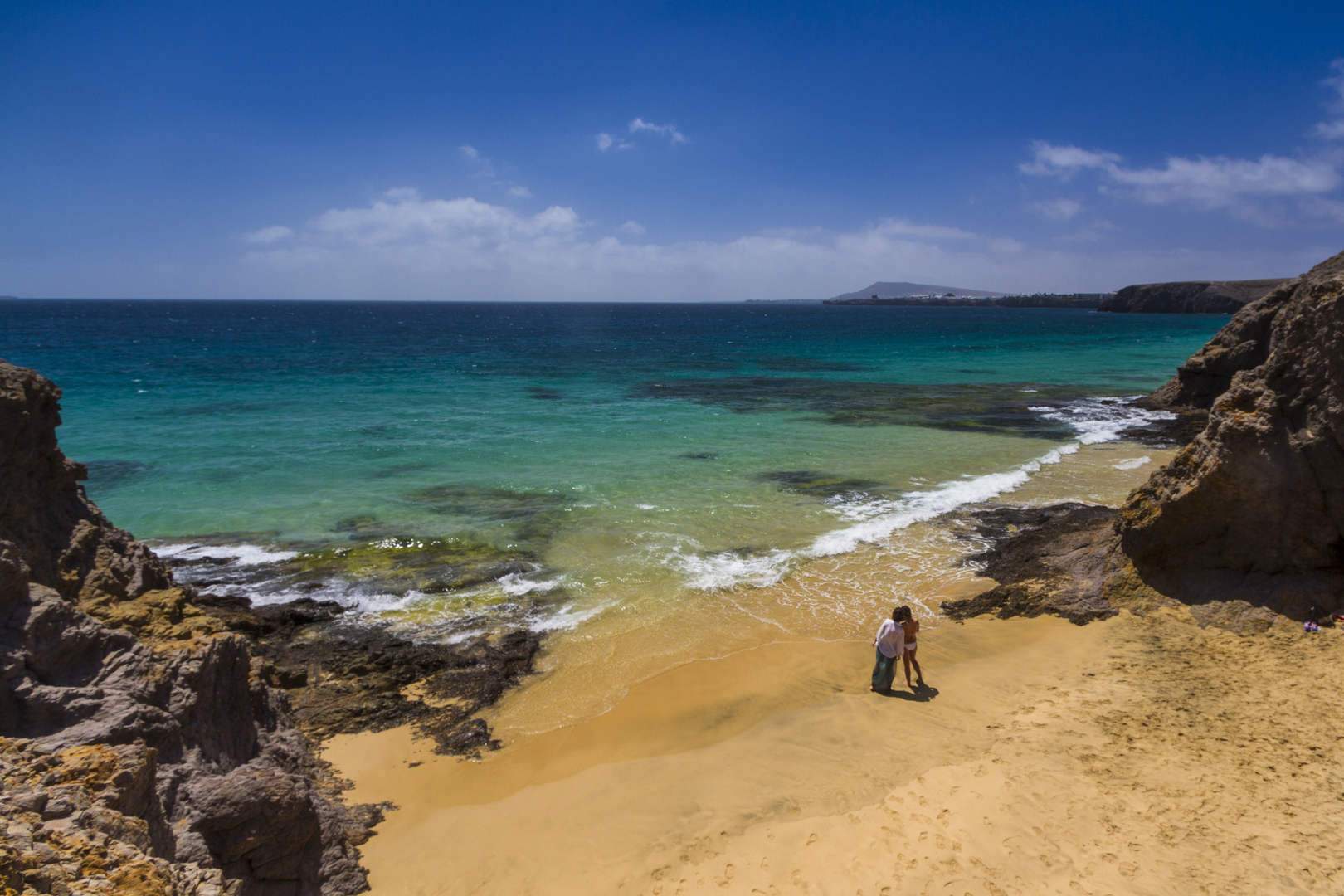
Located within the protected area of Los Ajaches, Playa Mujeres is one of Lanzarote’s hidden gems. The water is incredibly clear, and the seabed features a mix of sand and rock. Snorkelling here feels peaceful and natural, far away from crowded tourist zones.
Best for:
- Snorkellers who enjoy quiet, natural beaches
- People looking to combine snorkelling with coastal exploration
- Calm-water days with excellent visibility
Bring plenty of water and sun protection, as this area is natural and has limited facilities.
6. Papagayo Beach
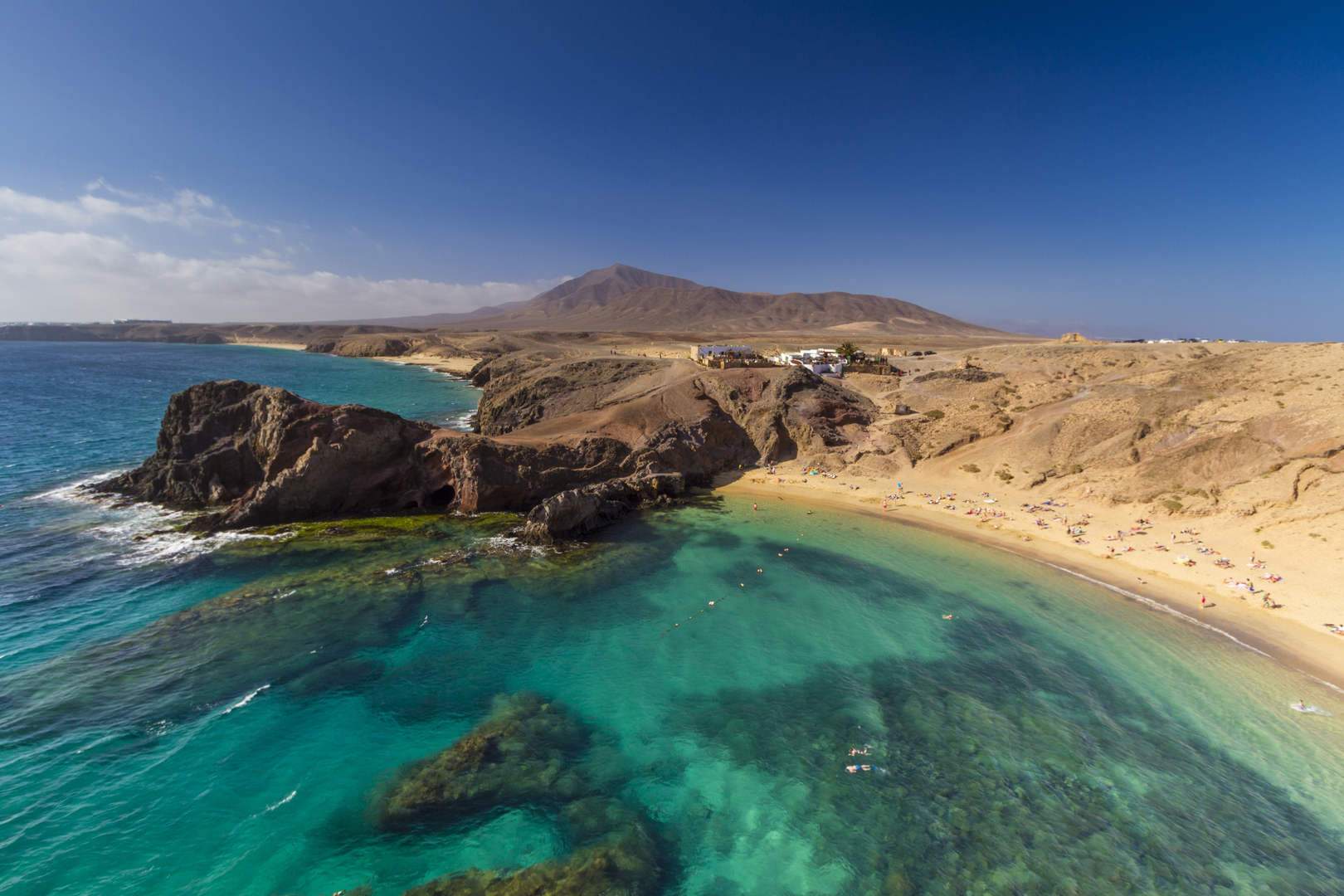
Papagayo is often described as the most beautiful beach in Lanzarote. Its sheltered horseshoe-shaped bay offers clear waters and abundant marine life. The combination of shallow sandy areas and deeper rocky sections makes this a great place for snorkellers of all levels.
What you may see:
- Reef fish in large numbers
- Moray eels (in deeper crevices)
- Angel sharks on the sand
- Seahorses around mooring ropes (rare but possible)
The scenery above water is just as impressive—the contrast of golden sand and turquoise water is iconic.
7. El Golfo & Surrounding Area
El Golfo is known for its dramatic green lake and rugged coastline, but it also offers interesting snorkelling spots on calm days. The lava formations create channels, small caves and natural pools where marine species gather.
Suitable for: Intermediate snorkellers comfortable entering from rocky shorelines and checking conditions before swimming.
8. La Graciosa Island

La Graciosa, a quiet island north of Lanzarote, is one of the best snorkelling destinations in the entire Canary archipelago. Its beaches and coves offer calm, clear water with virtually untouched marine ecosystems.
Expect to see:
- Massive schools of fish
- Rays and angel sharks
- Dolphins offshore (surface sightings)
- Vibrant corals and anemones
This is the perfect location for travellers seeking pristine nature and a peaceful snorkelling escape.
Marine Life You Can See While Snorkelling in Lanzarote
Lanzarote’s waters host an impressive biodiversity. Many species are easy to spot, even in shallow water, making snorkelling enjoyable for visitors of all ages.
Common fish species
- Parrotfish
- Damselfish
- Zebra fish
- Bream
- Wrasses (including ornate wrasse)
- Trumpetfish
- Salema
- Grey mullet
Larger marine species

- Barracuda
- Angel sharks (harmless and usually resting)
- Rays (stingrays and butterfly rays)
- Moray eels in rocky holes
Invertebrates
- Starfish
- Sea cucumbers
- Arrow crabs
- Octopus
- Cuttlefish
- Nudibranchs (colourful sea slugs)
The variety of species makes every snorkelling session different, even at the same beach.
Equipment Guide: What You Need for Snorkelling in Lanzarote
You don’t need much to snorkel, but having the right equipment will transform the experience.
Mask
- Choose a silicone seal (more comfortable and watertight)
- Test fit by placing it on your face without the strap and inhaling—if it stays, it fits well
- Avoid cheap masks, as they often fog and leak
Snorkel
- A longer tube helps prevent waves entering
- Dry-top snorkels reduce water intake
- Comfortable mouthpieces matter during longer sessions
Fins
- Medium to long fins provide better propulsion
- Stiffer fins offer more speed but require more effort
- Proper fit prevents friction and blisters
Other useful items
- Rash vest or wetsuit (for colder months)
- Reef-safe sunscreen
- Snorkelling buoy or marker if near boating areas
- Waterproof bag for valuables
How to avoid fogging
The classic method still works: spit lightly into the mask, rub it over the glass, then rinse in seawater. Anti-fog sprays also work well.
How to Snorkel: Step-by-Step for Beginners
If you’ve never snorkelled before or need a refresher, follow these simple steps.
1. Choose a calm entry point
- Avoid waves and strong currents
- Walk past the breaking waves before floating
2. Position yourself correctly
- Lay flat on the water, face down
- Use your fins gently—your arms are unnecessary
3. Stay aware of your surroundings
- Lift your head every few minutes
- Check your distance from shore
- Stay clear of boats, swimmers and divers
4. Duck diving (optional)
This allows you to explore deeper spots:
- Take a deep breath
- Point your body downward
- Kick powerfully with fins
- Exhale upon reaching the surface to clear the snorkel
Safety Tips for Snorkelling in Lanzarote
Snorkelling is generally safe in Lanzarote, but you should always follow basic precautions.
Check conditions before entering
- Early morning is best for calm water
- Be cautious with wind in Costa Teguise
- Avoid areas with strong currents or red flags
Stay within your limits
- Do not snorkel far from shore unless experienced
- Avoid venturing outside breakwaters in Playa Flamingo
- Use a buoy if near boat traffic
Environmental awareness
- Do not touch corals or marine animals
- Avoid stirring sand—it reduces visibility
- Do not remove shells or rocks
Sun protection
- Use reef-safe sunscreen
- Wear long-sleeve UV shirts
- Bring water and avoid dehydration
Respect wildlife
- Do not chase turtles or rays
- Observe octopus and moray eels from a safe distance
- Avoid overcrowding any animal
When Is the Best Time to Snorkel in Lanzarote?
You can snorkel all year, but conditions vary:
Best months
- April to October: warmest water and best visibility
- Morning hours: calmest conditions
Colder months
From December to March, water temperatures drop slightly, so a thin wetsuit helps.
Final Thoughts
Lanzarote offers some of the most enjoyable snorkelling in the Canary Islands, thanks to its warm water, excellent visibility and diverse marine life. From beginners to experienced snorkellers, there is a beach for every level—whether you prefer sheltered sandy bays or exploring volcanic reefs. With the right equipment and some basic safety awareness, you can enjoy unforgettable underwater moments and discover the island’s unique marine world.
Snorkelling in Lanzarote is not just an activity—it’s an opportunity to connect with nature, explore volcanic landscapes from a new perspective, and enjoy one of the island’s most accessible and rewarding adventures.

